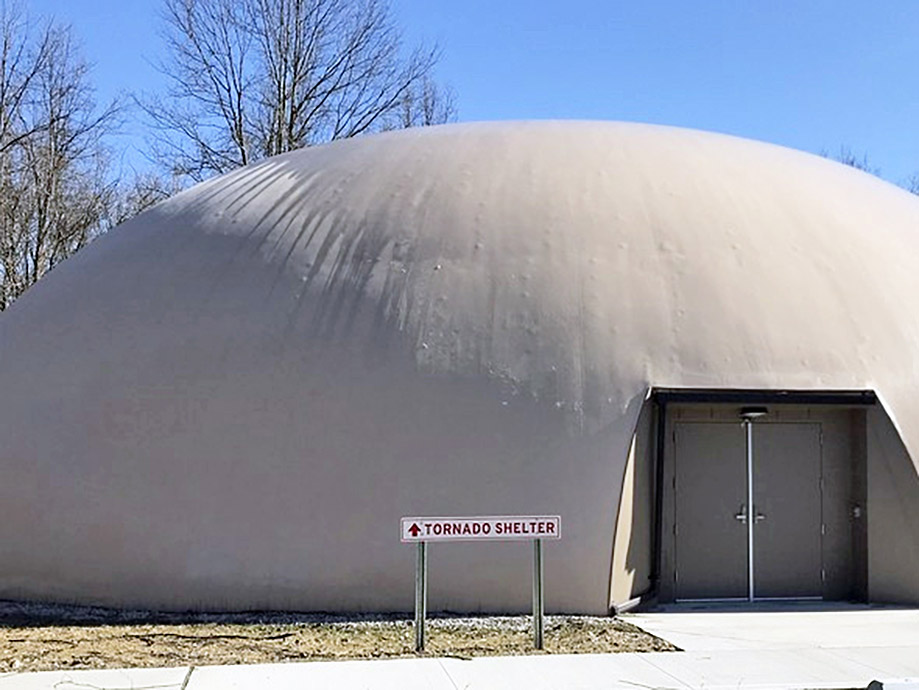It has been a very active tornado season for the state of Ohio. Before 2024, the state averaged 22 tornadoes annually, but as of July 1, 2024, the state has recorded 63 tornadoes with six-months to go until the end of the year.
On May 9, 2019, Delaware County dedicated the first-of-its-kind “dual-use” storm shelter at one of Ohio’s busiest state parks. The project cost $1.1 million and was made possible because of a strong partnership involving federal, state and local agencies. FEMA’s Hazard Mitigation Grant Program (HMGP) provided $726,000; while Ohio Emergency Management Agency, Ohio Department of Natural Resources and Delaware County each contributed $120,000. This HMGP funds were made available because of a Presidential Disaster Declaration. It took seven years to plan, design, and construct.
The primary purpose of the Delaware State Park Tornado Shelter - designed to hold 853 persons and withstand winds of more than 200 miles per hour - is to offer protection from severe weather for vulnerable campers and visitors. When park tornado sirens are activated, the shelter doors are wirelessly unlocked. The shelter was successfully put to the test when two devastating storms hit the county during the spring of 2024. This past March, thirty campers sheltered, and in early June, up to 126 campers and 20 pets sheltered safely.

The design is meant to blend with the park's natural aesthetic and gives the impression of being smaller than its 853-person capacity. When it’s not serving as a storm shelter, the space is utilized by park staff to host educational programs. Among other things, the safe room space is used as a classroom for conservation classes and demonstrations. The facility has restrooms, drinking fountains, air conditioning, a central fan, and sound baffles hanging from the ceiling to reduce interior noise.
Resources
- Tornado Shelter Fact Sheet (Ohio Emergency Management Agency)


